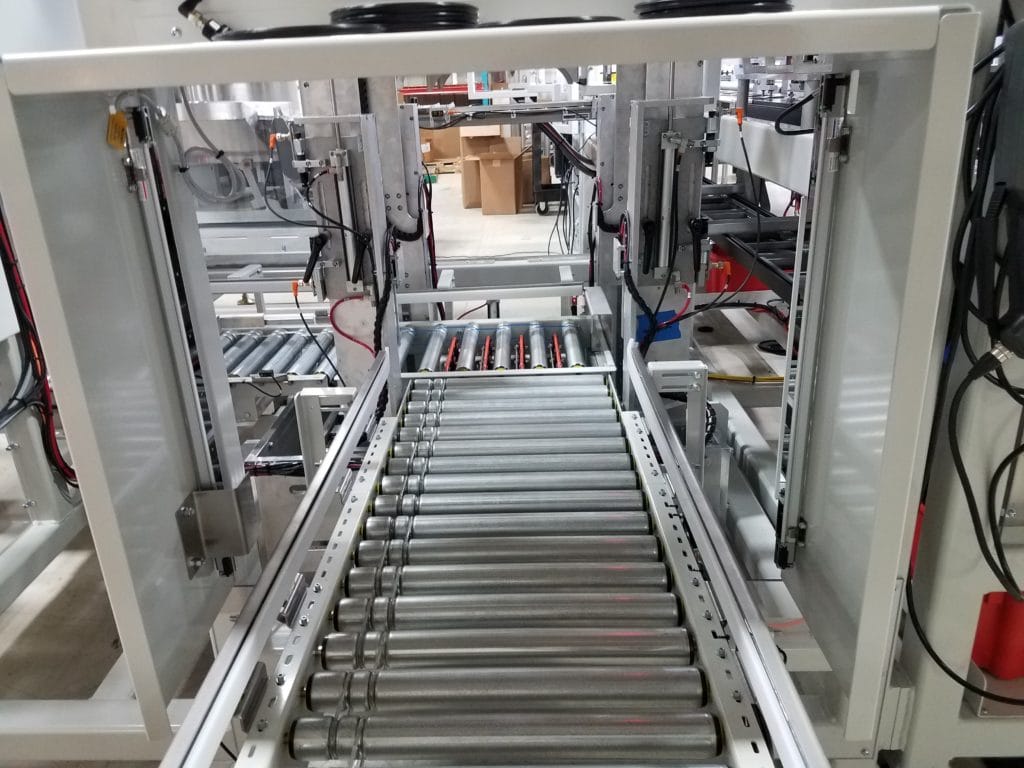Conveyor systems have become increasingly critical for speedy, reliable production in a variety of industries. At their most basic, conveyor systems use a frame that supports a belt, rollers, or wheels to transport materials from one location to another. They are powered using a variety of methods, including electrical motors, manual actuation, or gravity. Conveyors are particularly valued for applications that require the quick and efficient movement of heavy products or large volumes of materials that would be difficult for humans to move effectively using manual methods.
Conveyors can be used to transport materials laterally or can be inclined or elevated to move materials between multiple levels. Not only does this allow you to move materials more quickly and efficiently, but it also reduces potential injury to workers. In addition, conveyors are often configured to automatically move and unload materials, reducing the number of people necessary to man the production line.
What are Conveyors Used for?
Conveyors are used for a variety of applications in industries such as food processing, automotive, bottling, pharmaceutical, aerospace, chemical, and many more. The most popular uses of conveyors include transporting products, storage, and buffering.
Transporting Products
Conveyors are used to quickly move products from one point to another throughout a facility. They prevent personnel injury by reducing the need for manual lifting and carrying. When used on assembly lines, conveyors allow workers to stand in one place to complete their work, while the product moves from one station to the next on the conveyor. Not only does this reduce time and labor, but it also eliminates the potential for damage to products that can occur with manual or forklift conveyance.
Storage and Buffering
To streamline the production process, conveyor systems can be used to store products between steps or before shipping. They can also be used to create an accumulation bank of products for temporary storage to balance process flow. To further organize production, conveyors are used to sequence products between processes.
What are the Different Types of Conveyors?
Conveyor systems are exceptionally versatile and can be designed to accommodate a wide range of applications. From simple free-rolling mechanisms to motor-powered conveyors with complex gear and chain mechanisms, conveyor systems come in many configurations. Some of the most common types of conveyors include:
- Belt Conveyors
- Roller
- Powered Rollers
- Ball Transfer Conveyors
- Magnetic
- Bucket
- Chute
- Drag, Chain, and Tow
- Overhead
- Pneumatic and Vacuum
- Singulation Conveyor
- Screw and Auger
- Vertical
- Vibrating
- Walking Beam
- Wheel



